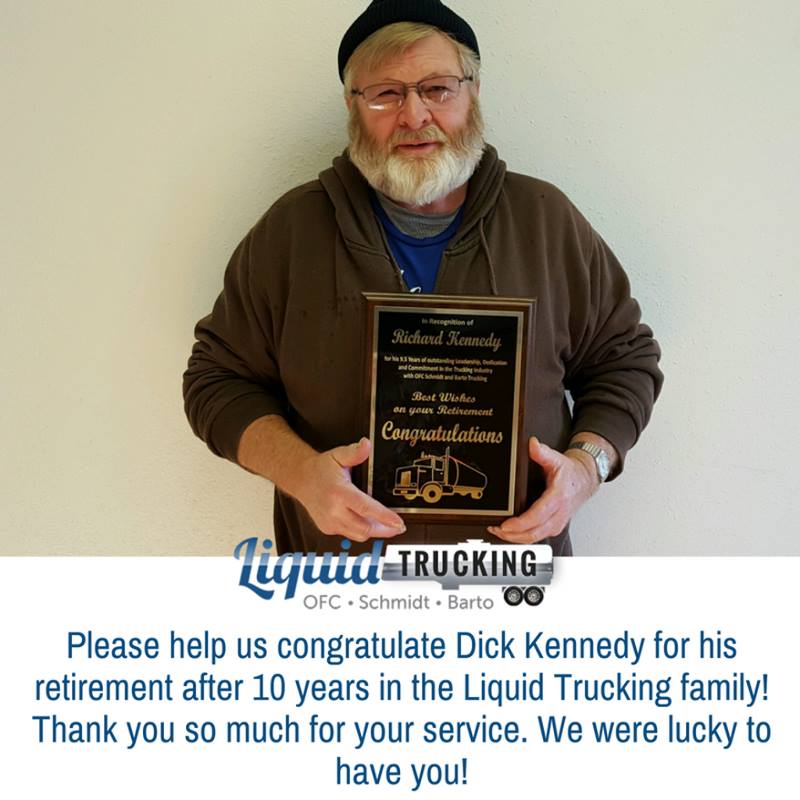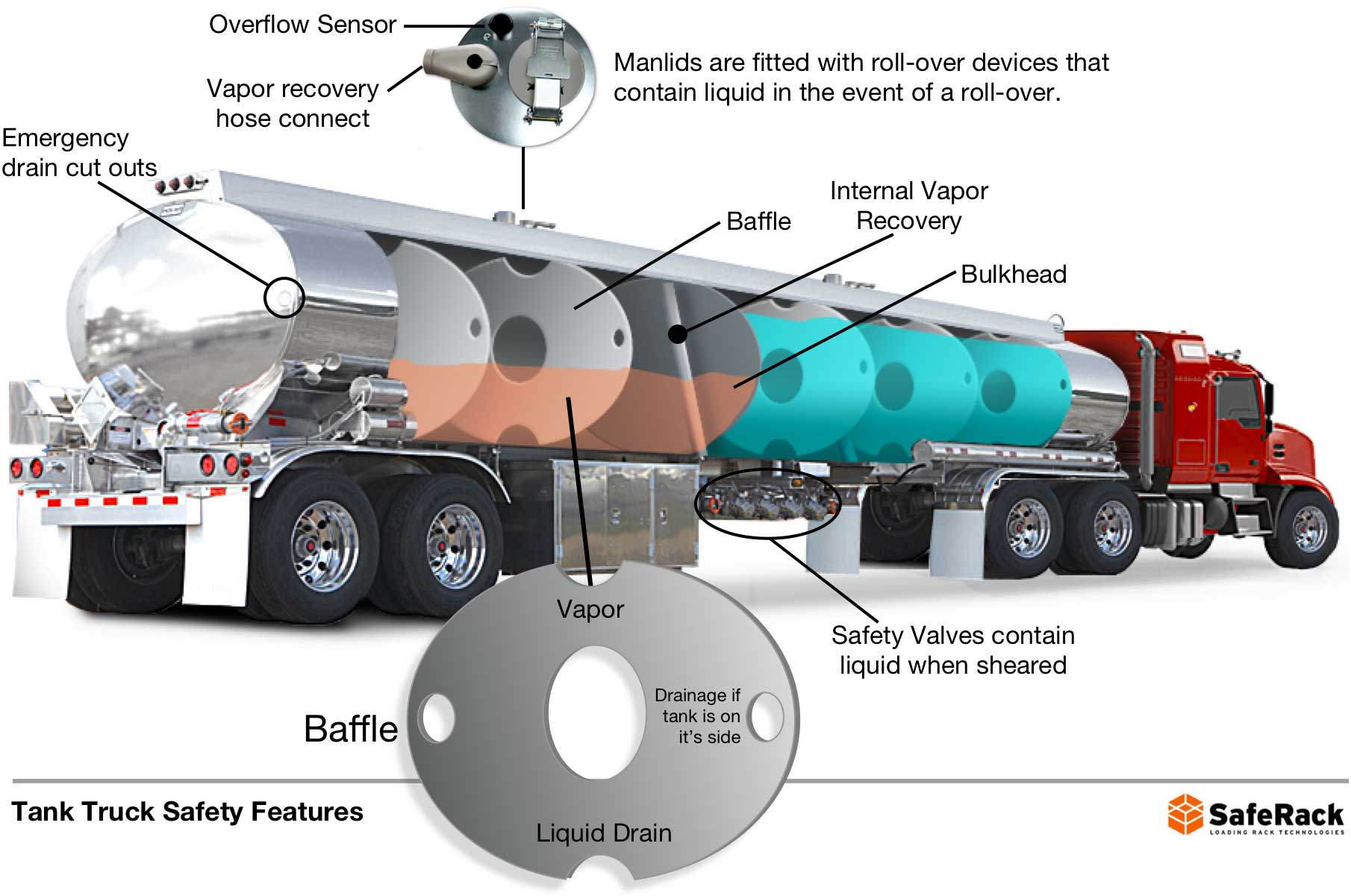Not known Facts About Liquid Co
This consists of the rear container box, canopy, side delivery as well as the barrel root. Fuel Transport Companies. The barrel root tanker truck integrates a tanker truck with a rearward compartment that can hold barrels or pallets. Tanker trucking firms tend to be concentrated on a narrow kind of fluid or gas freight. For instance, many of the gas tanker vehicles as well as oil tanker vehicles are exclusive fleets.
Gas tanker trucks, oil tanker trucks, and chemical vessel vehicles all drop under the unsafe product classification as well as have higher security guidelines than various other sorts of vehicle transport. Tanker Trucking is a varied sub-industry within trucking. It provides extremely specialized tanker trucks that are of immense importance in some markets.


8.1 Examining Container Vehicles 8. Tanker Companies.2 Driving Container Automobiles 8.3 Safe Driving Policy This section has actually info required to pass the CDL knowledge examination for driving a container lorry (tanker). (You ought to likewise study Sections 2, 5, 6, as well as 9). A storage tank recommendation is needed for particular automobiles that transport fluids or gases.

A tank endorsement is required if your vehicle needs a Class A, B, or C CDL and also you intend to transport a fluid or fluid gas in a container or storage tanks having an individual ranked capacity of even more than 119 gallons and also an accumulated ranked ability of 1000 gallons or even more that is either permanently or temporarily affixed to the lorry or framework.
Prior to loading, discharging, or driving a tanker, evaluate the lorry. This makes certain that the lorry is secure to bring the fluid or gas and also is safe to drive. A CLP holder with a container recommendation (N) is prohibited from operating a tank automobile unless it is empty. Furthermore, if the vessel previously had unsafe materials, it must be purged (FMCSR 383.25).
Indicators on Bulk Liquid Transport You Need To Know

Container automobiles can be found in several kinds as well as dimensions. You require to check the vehicle's driver guidebook to make certain you recognize exactly how to inspect your storage tank vehicle. On all container automobiles, one of the most crucial item to inspect for is leakages. Examine under and also around the lorry for indicators of any type of leaking.
To do so is a crime. You will be pointed out as well as stopped from driving additionally. You may likewise be liable for the cleaning of any kind of spill. In basic, check the following: Inspect the container's body or shell for dents or leaks. Examine the consumption, discharge, as well as cut-off shutoffs. Make sure the shutoffs are in the right setting prior to packing, unloading, or relocating the vehicle.

Examine manhole covers as well as vents. Make sure the covers have gaskets as well as they close correctly. Maintain the vents clear so they work appropriately. If your car has any one of the adhering to devices, make certain it works: Vapor recuperation kits. Grounding and also bonding cords. Emergency situation shutoff systems. Constructed in fire extinguisher.
Examine the emergency equipment needed for your vehicle. Figure out what tools you are needed to bring as well as make certain you have it (and also it works). Hauling liquids in containers calls for unique abilities due to the high facility of gravity as well as liquid movement. See Number 8.1. High facility of gravity suggests that much of the tons's weight is lugged high up off the roadway.

Liquid tankers are particularly simple to roll over. Examinations have actually shown that tankers can transform over at the rate limits uploaded for curves. Take freeway contours as well as on ramp/off ramp contours well listed below the posted speeds. Liquid surge results from movement of the liquid in partially filled tanks. This activity can have bad effects on handling.
Bulk Liquid Transport for Beginners

When the wave hits the end of the container, it often tends to press the truck in the direction the wave is moving. If the vehicle is on an unsafe surface area, such as ice, the wave can shove a quit vehicle out into a crossway (Petroleum Transport). The chauffeur of a liquid tanker must be very acquainted with dealing with the car.
When loading and also unloading smaller tanks, the vehicle driver has to take notice of weight distribution. Do not put too much weight on the front or rear of the automobile. Petroleum Transport. Perplexed liquid storage tanks have bulkheads in them with openings that let the liquid circulation through. The frustrates assistance to regulate the forward and backwards liquid rise.
Unbaffled liquid vessels (occasionally called "smooth birthed" storage tanks) have nothing inside to reduce down the circulation of the fluid. As a result, forward-and-back surge is very solid. Unbaffled tanks are generally those that carry food items (milk, for example). (Hygiene policies forbid making use of baffles due to the problem in cleaning up the inside of the storage tank.) Be incredibly mindful (slow and also cautious) in driving smooth birthed tanks, particularly when starting as well as quiting.
Fluids increase as they warm and you must leave room for the expanding liquid. This is called "blackout." Considering that different fluids increase by different quantities, they require various quantities of blackout. You must recognize the blackout requirement when hauling liquids in mass. A complete container of dense liquid (such as some acids) might go beyond legal weight restrictions.
The quantity of fluid to fill into a tank depends on: The amount the fluid will broaden in transit. The weight of the fluid. Legal weight limits. The temperature of the lots. If you are driving a tank vehicle transferring greater than 500 gallons of flammable fluid at a speed faster than the relevant rate limit or in neglect for the safety of individuals or property, along with any various other suitable penalty, for a first crime you are subject to a penalty of not less than $500 and for a 2nd or subsequent offense within 2 years of a prior infraction, you undergo a fine of not less than $2,000 and also a suspension of approximately 6 months of a dangerous products or freight tank recommendation, or both (CVC 22406.5).
try this out internet Our site